A peek into Muharram Rituals in Iran: Tasht-Gozari in Ardabil
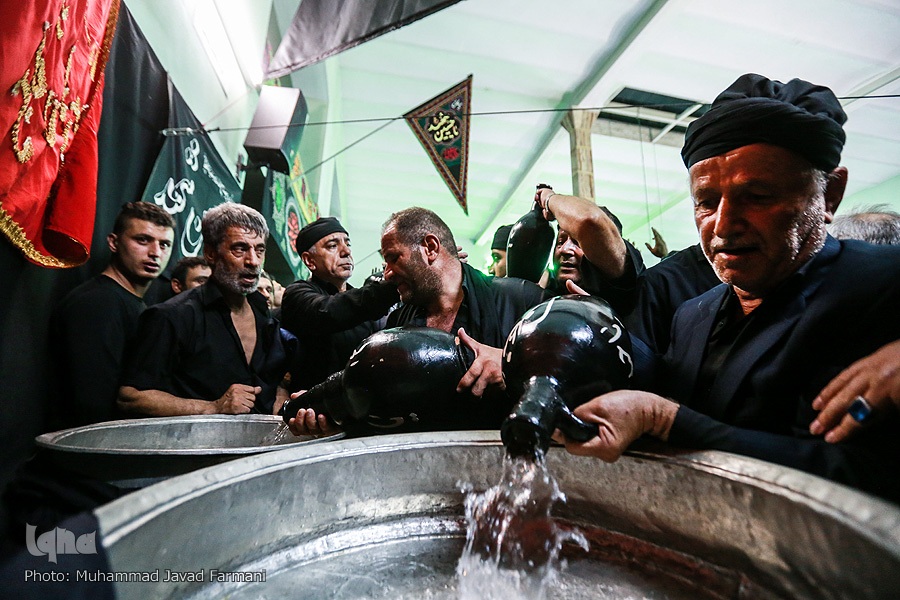
Muharram marks the beginning of the Islamic lunar calendar and is considered to be one of the most sacred months in Islam.
The Battle of Karbala occurred on the Day of Ashura, the tenth day of Muharram, falling on October 10, 680 AD in Karbala, Iraq.
The battle occurred between the army of the second Umayyad dynasty, Caliph Yazid I, and the family and followers of Imam Hussein (AS), the beloved grandson of Prophet Muhammad (PBUH).
On the third day of Muharram, upon reaching Karbala, Imam Hussein (AS) established a camp. He and his 72 loyal companions were faced with a large army of around 4,000 men, commanded under Umar Ibn Saad, the son of the founder of Kufah.
On the seventh day of Muharram, upon Yazid’s orders, Imam Hussein (AS), his family, and companions were banned from accessing water. The water blockade continued up to the end of the battle on Muharram 10.
On Ashura, Imam Hussein (AS) was ruthlessly martyred along with many of his family and followers.
The mourning of Muharram (which is also known as Azadari in Persian) is a set of commemoration rituals gathering crowds of mourners, either in mourning halls or streets, to grieve for the Ashura tragedy and the Battle of Karbala.
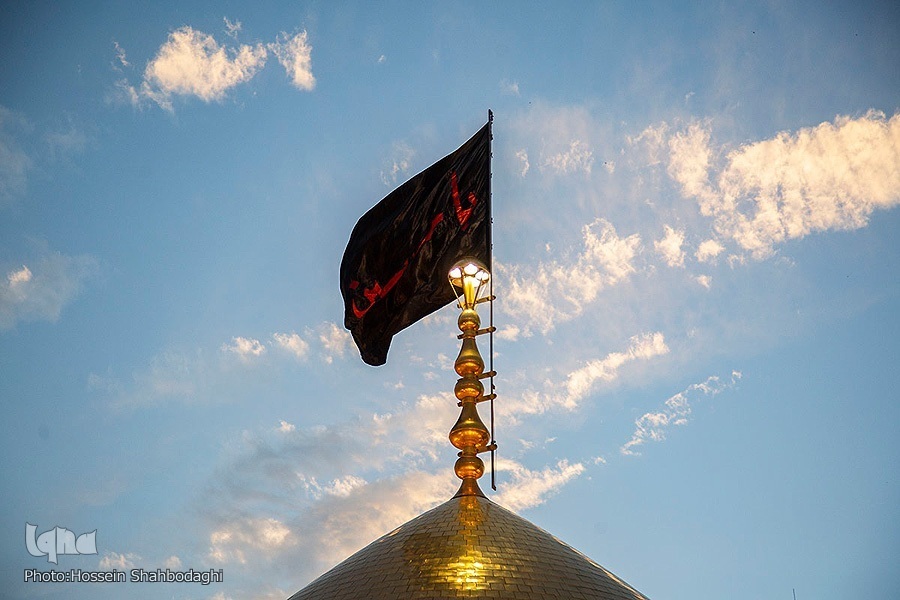
The Shia community remembers the massacre in Karbala when Imam Hussain (AS) was beheaded in the battlefield and to grieve the pain given to their great leader and his family, they put on black clothes, fast and take out processions in Muharram.
Sineh-Zani (chest-beating) is one of the ritual when hundreds of men, all dressed in black, congregate in Hussainiyas (places used for religious mourning ceremonies) or streets to beat on their chests according to the rhythm of a sung eulogy.
Mourning processions, which resemble a march, also feature large drums which were used in the battle to alert the public, disorient the enemy and direct troops.
Sometimes at the fore of the march, several men bear the immense weight of an ornate apparatus called Alam on their shoulders and a eulogist chants in praise of Imam Hussein (AS).
In addition to the aforesaid rituals, some long-standing, indigenous practices are performed by ethnic groups nationwide. One of these rituals is Tasht-Gozari.
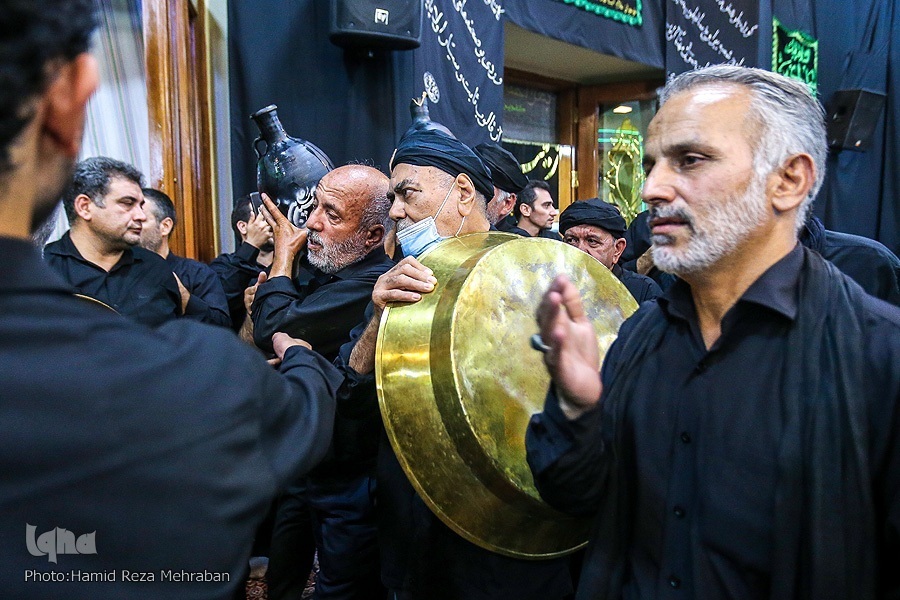
Tasht-Gozari: An ancient mourning ritual in Ardabil
Tasht-Gozari is a centuries-old tradition performed in Ardabil, northwestern Iran. Although, nowadays other Iranian cities perform the tradition.
The ritual of Tasht-Gozari, literally meaning “putting a washtub” in English, is performed on Dhu al-Hijjah 27, three days before the beginning of Muharram.
The tradition is mainly held at the Ardabil Jame’ Mosque annually on Dhu al-Hijjah 27, but it is also performed in over 200 mosques in six main neighborhoods across the city on other days of Muharram.
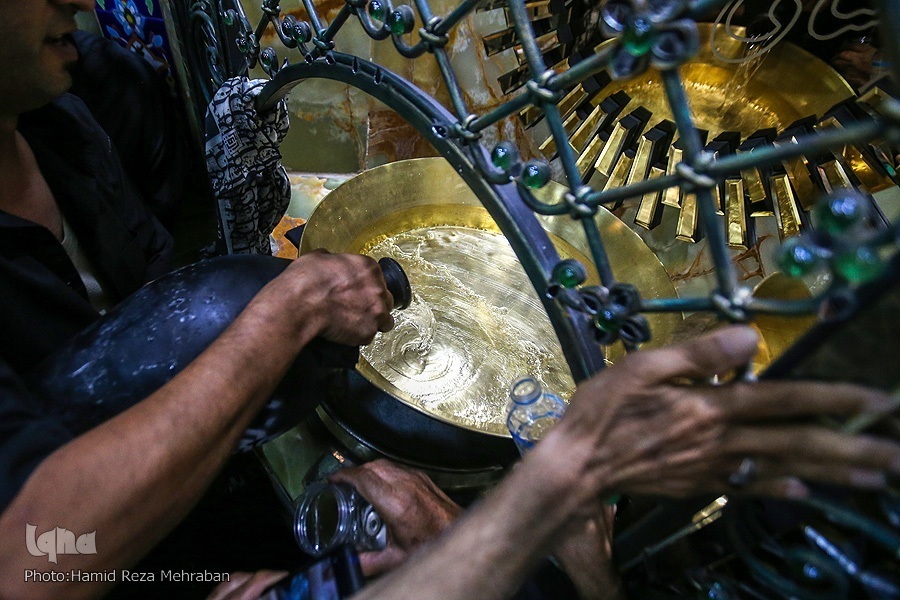
The Pilosophy of Tasht-Gozari
It is said that the ritual originates from the sacrifice Imam Hussein (AS) made during the siege in Karbala.
Despite being thirsty due to the blockade, Imam Hussein (AS) asked his companions to pour water they bring with themselves into washtubs for their enemy army and their horses.
The ritual is held to commemorate Imam Hussein's (AS) thirst and his sacrifice in the battlefield.
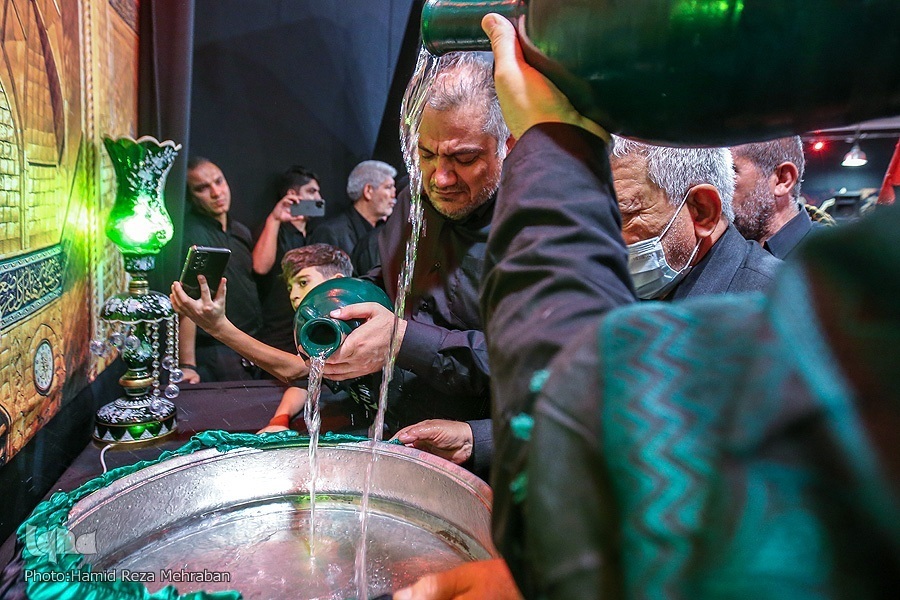
What happens in Tasht-Gozari ritual
There are platforms designed for keeping copper and brazen washtubs during the year in all mosques in Ardabil.
Prior to the ritual, women from different parts of the city clean mosques and wash the tubs preparing them for Tasht-Gozari.
At the Jame’ Mosque, there are six washtubs each representing one of the neighborhoods of Ardabil. Each neighborhood’s patriarchs congregate at the mosque on Dhu al-Hijjah 27 to observe the ritual.
During Tasht-Gozari representatives from each neighborhood enter the mosque while carrying a tub on their heads. They go around the mosque while attendees touch them and symbolically pledge their allegiance to Imam Hussein (AS).
Afterwards, they place the tubs on certain platforms designed particularly for this purpose, while mourners, empty jars full of water into them.
Over the first 10 days of Muharram, the mourners drink from the water in the washtubs which is believed to have healing properties. They also take it for the patients as well.
The origin of the Tasht-Gozari might goes back to the Safavid era. The most ancient existing washtub of Ardabil is kept in the mosque of Chaqusazan bazaar, which dates back to the era of Shah Abbas I (1571 – 1629) and on its edge is engraved: “Donated to Hazrat Abbas (AS) 1038”.
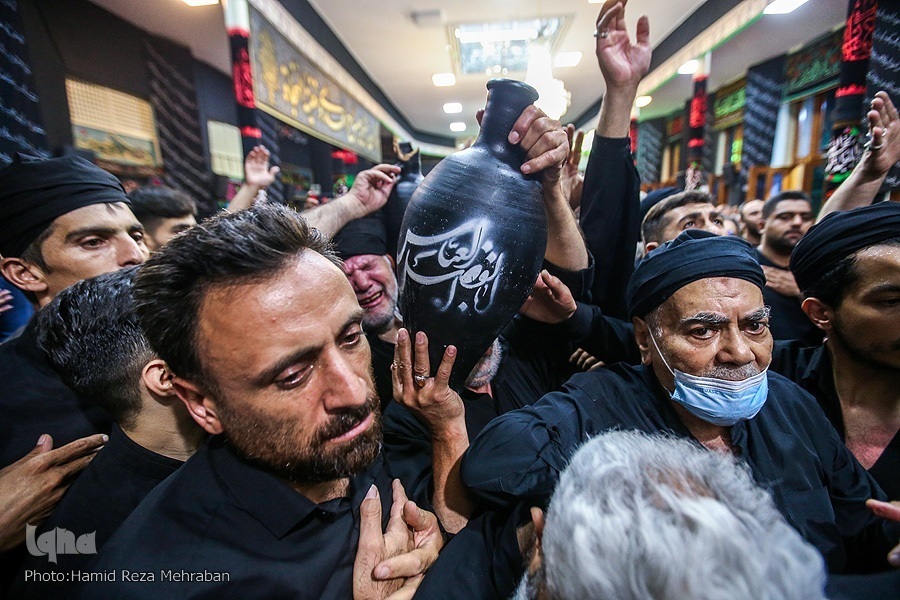
 Most Commented
Most Commented 


